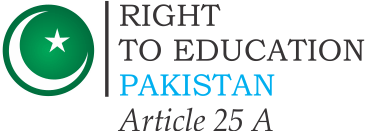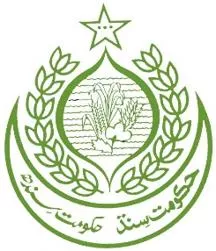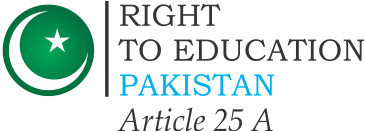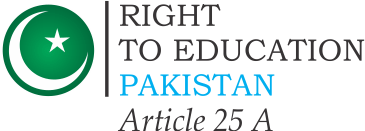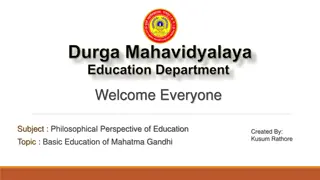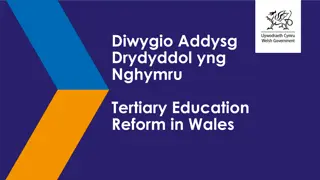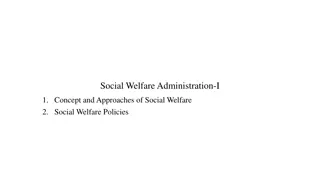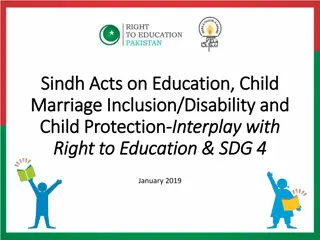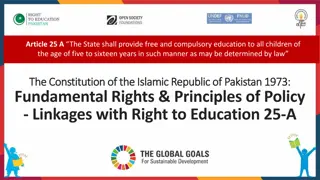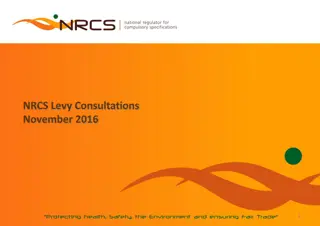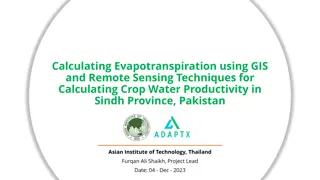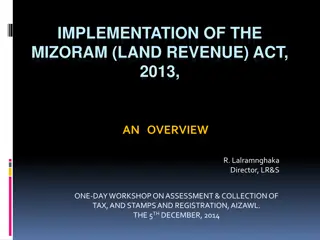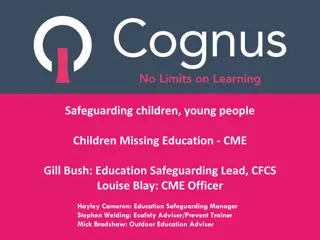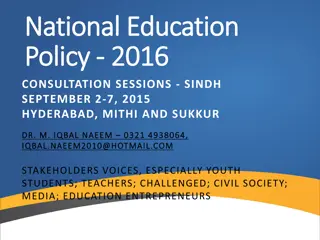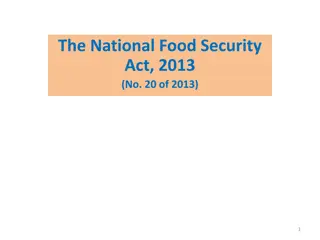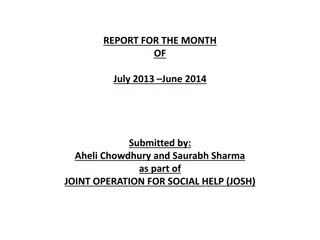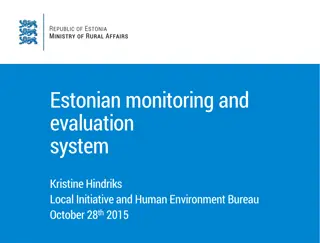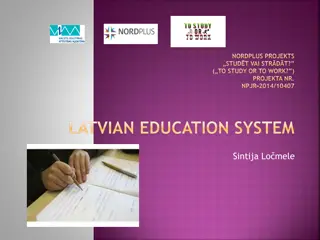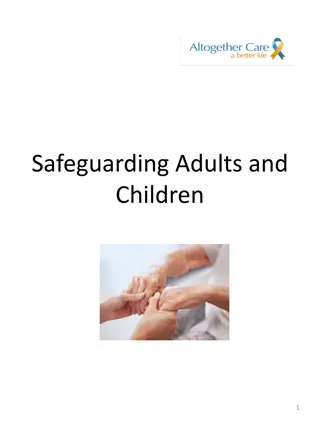The Sindh Right of Children to Free and Compulsory Education Act 2013 Overview
The Sindh Right of Children to Free and Compulsory Education Act 2013 was passed to provide free and compulsory education to children aged five to sixteen. The act is divided into chapters covering preliminary definitions, rights of the child to education, duties of government and parents, responsibilities of private schools, and more.
Download Presentation

Please find below an Image/Link to download the presentation.
The content on the website is provided AS IS for your information and personal use only. It may not be sold, licensed, or shared on other websites without obtaining consent from the author. Download presentation by click this link. If you encounter any issues during the download, it is possible that the publisher has removed the file from their server.
E N D
Presentation Transcript
The Sindh Right of Children to Free and Compulsory Education Act 2013 Passed in February 13th, 2013 by the Provincial Assembly of Sindh
THE SINDH RIGHT TOEDUCATION ACT, 2013 To provide for free and compulsory education to all children of the age of five to sixteen years. The Act is spread across 8 chapters and 30 articles. A copy of the Act has been placed within each folder. A brief outline of each chapter is as follows:
Chapter 1 - Preliminary This chapter covers article 1 and 2 and includes critical definitions such as capitation fees , child , free education , and local authority It further states that This act extends to the whole province of Sindh and shall come into force at once
Chapter 2 Rights of Child to Free and Compulsory Education This chapter covers articles 3, 4 and 5 Article 3 clearly states: (1) Every child of the age of five to sixteen years regardless to sex and race shall have a fundamental right to free and compulsory education in a school. It also covers special provisions for education such as making accommodations for children above 5 years of age who have not been admitted to any school and right to transfer to another school.
Chapter 3 Duties of Government, Local Authorities, and Parents This chapter covers articles 6,7,8, and 9 It defines The scope and duty of government and local authority to establish schools Sharing of financial and other responsibilities Role of parents in ensuring attendance Provision of free pre-school education.
Chapter 4 Responsibilities of Private School for Free and Compulsory Education Chapter 4 of the Act covers articles 10, 11, 12, 13, 14, and 15 and expands on: Role of private schools in providing free and compulsory education Law regarding capitation fees and screening process Determination of age of a child Admission and expulsion of a child at school Requirement of certificate of registration of any new schools Norms and standard of schools
Chapter 5 Public and Private Schools Chapter 5 consists of articles 16, 17, 18, and 19 It expands on: School management committees (SMCs) important in decision making at local level Draft Rules made by RSU/GoSindh for article 16 Terms and conditions of service of teachers Duties of teachers and other matters related teachers
Chapter 6 Curriculum and Evaluation Procedure This chapter consists of article 20 It elaborates the curriculum and evaluation procedures and states: The curriculum and the evaluation procedure for education shall be laid down by an academic authority to be specified by Government
Chapter 7 Implementation and Monitoring of Child s Right to Education This chapter contains articles 21, 22, and 23 It lays focus on: Implementation and monitoring of child s right Awards for teachers, parents, school management committees and students The appointment of an Education Advisory Council to make rules and help implement
Chapter 8 Miscellaneous Chapter 8 covers articles 24, 25, 26, 27, 28,29, and 30 It expands on Registration process Inspections of schools and directions from government on proper implementation of the Act Prosecution of the offences Protection of action taken in good faith Over-riding effect Powers to make rules
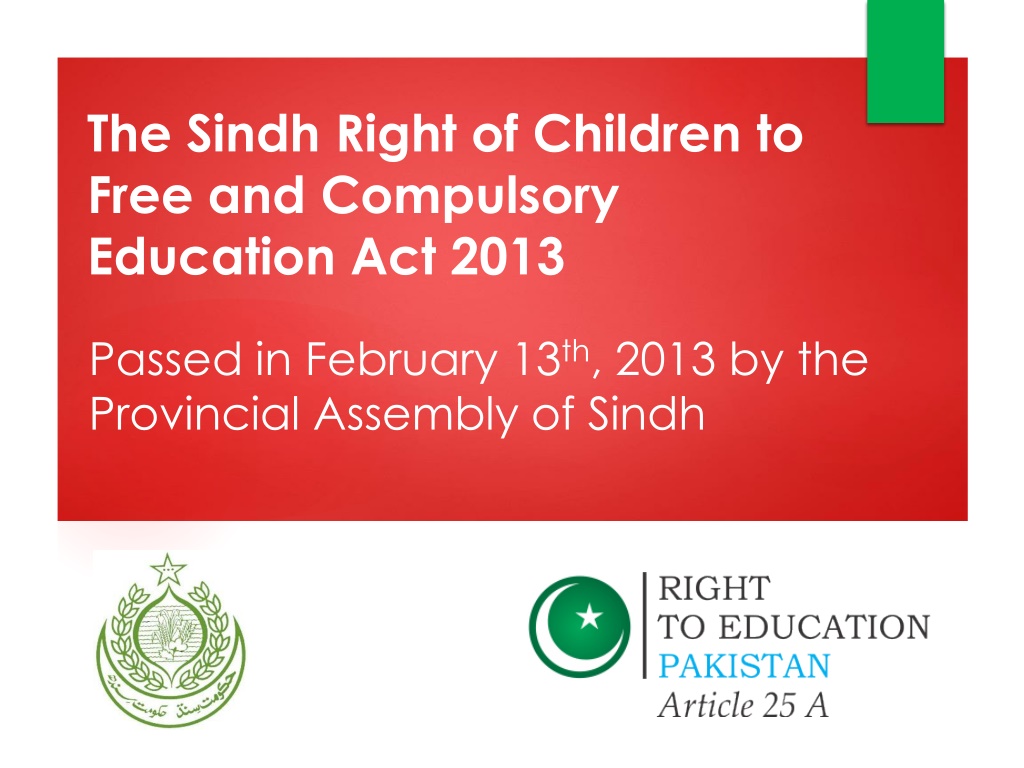
 undefined
undefined

